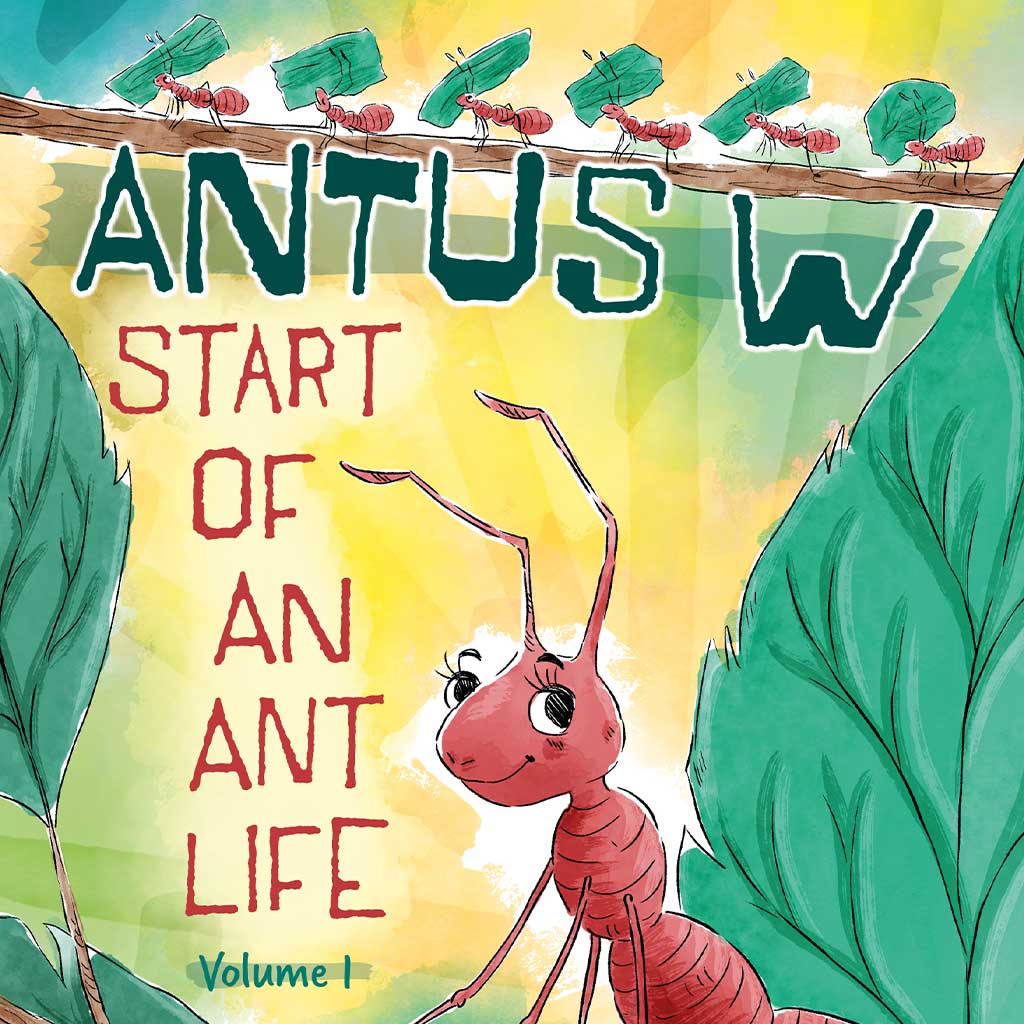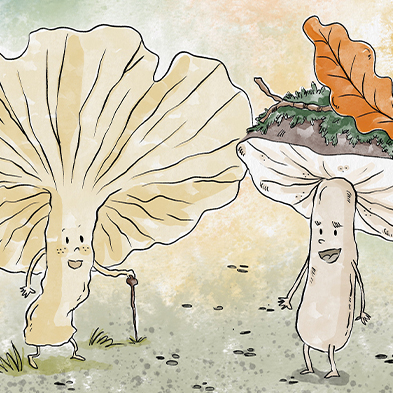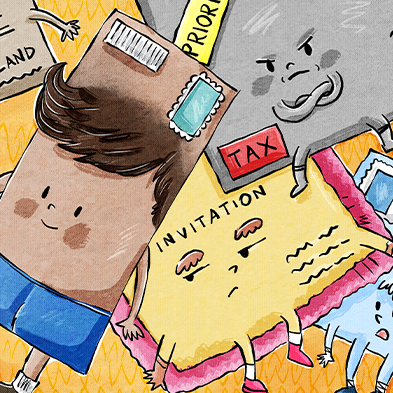We may live in a high-tech world, but there are still few things better than picking up a real book, flicking through those real pages, and becoming immersed in a fantastic story. And this love of books will date right back to childhood.
Fortunately, many children are natural bookworms, who instinctively love reading and will carry this on into adult life.
But with such competing demands on their interests – like smart phones, tablets and games consoles – how can we ensure that we give all children the opportunity to learn to love books?
At Happydesigner, we’re on a mission to foster a love of reading, because of all the benefits this brings.
So, if you are a parent or carer for children, here are our top tips for making books front and centre of your young people’s lives.
Start reading early
First and foremost, start early. The sooner you introduce books to children, right from when they are babies, when books often contain no words but just pictures, you’ll help them develop a positive association with books and reading.
Books can be very tactile for infants, particularly those made from textiles, as well as the ‘touchy feely’ books, and reading to babies and encouraging tots to turn the pages with you, will ensure they associate books with an enjoyable, bonding experience they share with you.

Be a role model
As a parent or significant adult, it’s important to be a role model, so ensure your children see you reading regularly. Children mimic the behaviours of their parents, so if they see you enjoying books, they’re more likely to do the same.
Why not create a reading-friendly environment? Make books easily accessible in your home. Have a variety of books in their bedrooms, the living room, the kitchen, even in the car! That way, whenever your child fancies picking up a book, there is one easily to hand. You could even create a cosy reading nook where they can snuggle up with a book.
Are we sitting comfortably?
Remember, it is so important to read aloud to children. This is one of the most effective ways to instil a love of reading. Make sure you choose books with stories that grab their attention and – dare we say – really good illustrations that bring the text to life.
And carry on reading to your children, even when they are able to read themselves. They (and you) will love the closeness this brings, and as your child grows, you could even take turns reading to each other.
Let your children choose the books they want to read. They will naturally gravitate towards stories, and illustrations that fire their imagination, whether that’s dinosaurs, princesses, fairies or pirates. You still might want to suggest books they’d like, but don’t force your choices on them, otherwise you might put them off.
Books needn’t be expensive or even cost a penny! We blogged last month about the importance of loving your local library, and they always have a fantastic collection of children’s books for all ages.
Many will also have toys and reading areas in their children’s sections, so you can sit alongside your youngsters while they read, or you read to them. They will often offer story-time sessions and other activities, and at the end of the visit there are few things more fun than selecting books to borrow and take home.

Speaking of fun…
Make reading fun! Reading should be a pleasurable experience, never a chore, so mix up reading with other entertaining activities related to books. Why not act out scenes from stories, create crafts based on favourite characters, or have themed dress-up days. You could even do some baking that somehow relates to the stories currently being read.
Try to get into a routine with reading, and perhaps set aside dedicated reading time each day where you read to your child or you read alongside one another. The bedtime story is a perfect opportunity, but why not have a story-time at other times in the day, too? Maybe after lunch, after pre-school, or for a mid-morning quiet time.
Talk about what your child is reading, so you explore the books together. Ask open-ended questions about the characters, plot, and their favourite parts. This not only helps them improve their understanding and vocabulary (as you may be able to define words they’re unsure of) but you will also deepen their enjoyment of the story. Plus, by showing an interest in their opinion and views, you’ll make your child feel important and valued.
Celebrate achievements
Finally, celebrate their reading milestones. Praise your child’s efforts and achievements, whether that’s finishing a book for the first time, mastering a new skill like reading independently, or reaching a reading goal. Always acknowledge their progress and celebrate their love of reading.
All these strategies combined will help your child love reading, improve their reading skills, appreciate books and, fingers crossed, take this into adulthood, where one day, they can do the same for their own children.
Where would we be without books? A much poorer world, that’s for sure, and it’s our children and our children’s children who will make sure we continue to love and appreciate them.
If you have a story you are writing for children, and would like help with the book design and illustrations, please do contact the Happydesigner team. In the meantime, we’re off for a cup of tea and to put our feet up with a good book!




